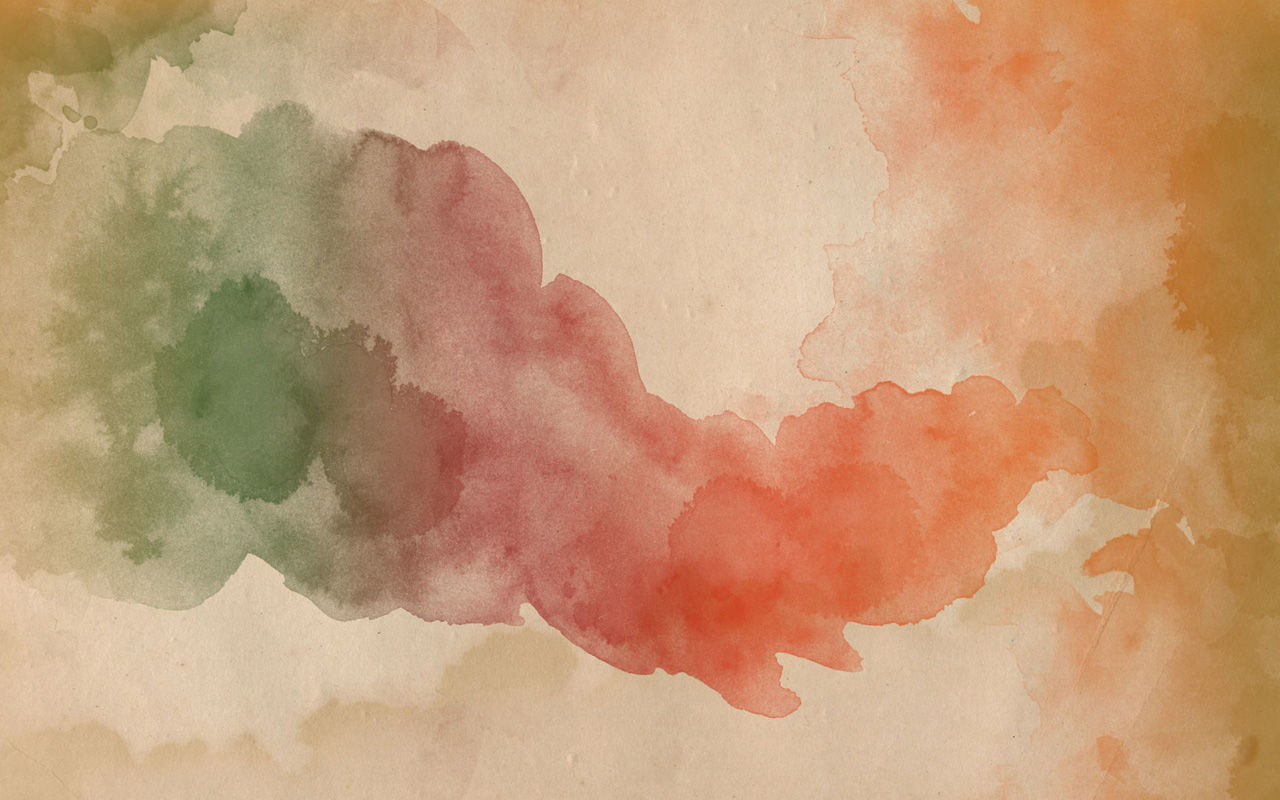

This drawing was one of many drawings rendered hastily by artist Fred Terna in the days and weeks following the end of World War II. Terna’s hastily rendered sketches were crafted to help him remember the places he was visiting. He did not trust his own ability to remember things accurately.
Memories are in fact not very reliable. Our brains create memories and then, when we think of those memories again, we are not remembering the actual memories. Instead, we are remembering copies of memories.
That is how our brains work.
Each time a memory is remembered, a new copy is made and the memory becomes less and less reliable. Many of our memories are like this drawing, they are created quickly and they miss nuances and details.
At the same time our brains are constructing memories – the things we will remember - we are also, by default, deciding which things we will not remember.
This is true of all memories but it is especially true in times of extreme trauma or stress.
Questions to consider:
In these modern days in which most of us carry with us a cell phone equipped with a camera, do you think our digital memories present an accurate reconstruction of the past?
Given the limitations and vulnerabilities of memory, what constitutes a “healthy” memory?
If our ability to remember is operating maximally, and yet it is still unreliable, what can that short coming teach us?